Rock Talk: A Geologist's Guide to the World of Geodes - From the Jan/Feb 2024 issue of Gold Prospectors Magazine
By: Elley Ringo
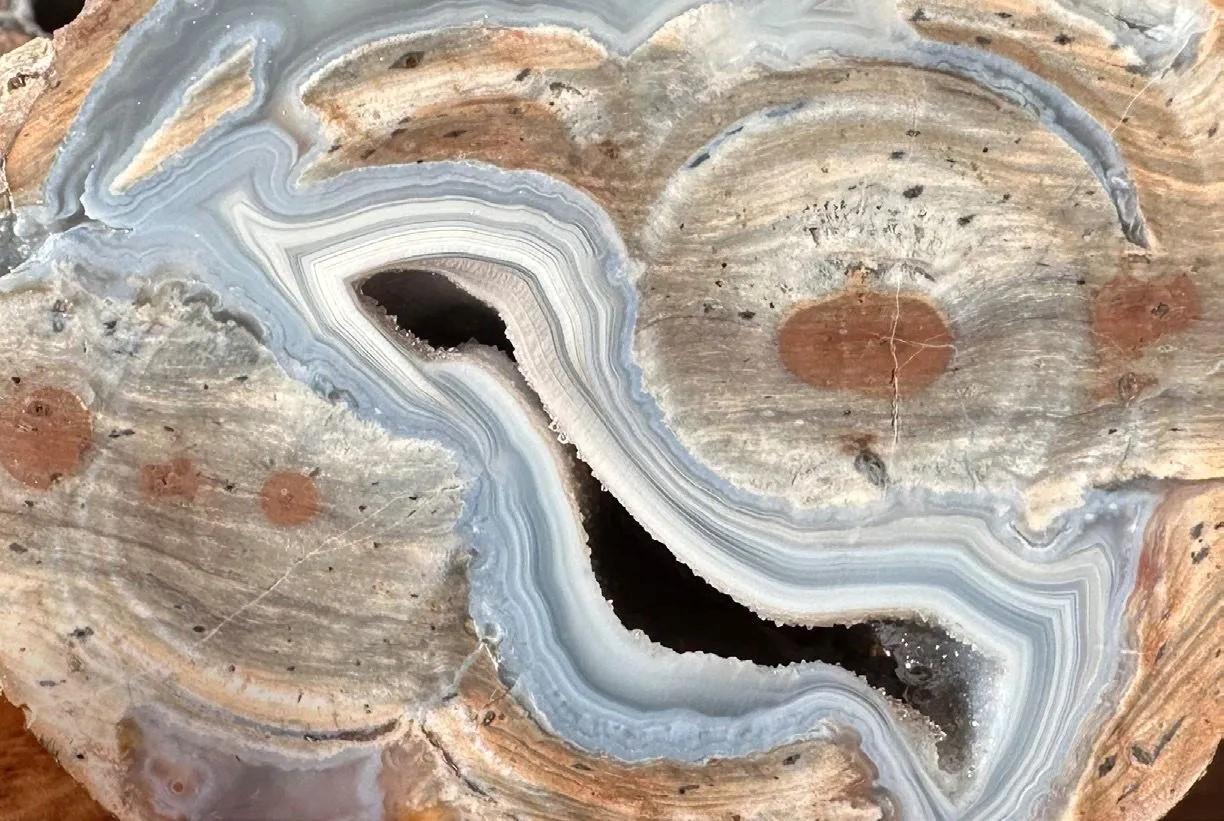
BEYOND THE ROCKS: A GEOLOGIST’S GUIDE TO THE
WORLD OF GEODES
PART 1
Have you ever found something so amazing that you couldn’t believe that it was actually happening to you? Like those bucket list items that you think about when you’re dreaming of the perfect geology rockhound trip?
Well, that happened to me recently. I took my husband, Dan, and my friend Minni out to the Dugway Geode Beds in Utah, and we dug for geodes all day long. From sunup till we could not move. We uncovered some of the most beautiful things that I’ve ever found, including an hourlong dig to pull out a 35-pound geode that I found myself, and another hourlong dig where Dan pulled out an 80-pound geode. Not to mention the ground is littered with little, tiny, small ones, some no bigger than the size of a nickel to the size of a football. Ones that are already broken open with beautiful crystals shining in the sunlight that you can just pick up and collect and take home. It truly was the trip of a lifetime for me. Today I want to talk a little bit about the geology of a geode: how they form, where they come from, what you can do with them, and where you can find them.
GEODE FORMATION
When you first look at a geode, it’s awe-inspiring; it’s a mineral that everybody loves. The more color a geode has to it, and the more unique features, the better the geode is. But how do geodes get so beautiful? A geode forms in a silicate-rich rhyolitic flow. Rhyolite is deposited during a volcanic eruption. The more silica there is in the rhyolite, the more explosive the volcanic eruption is. With the explosions in the silica-rich rhyolite, you get a lot of gas that gets trapped within the rock. That gas starts to form pockets and round voids. The natural gas pushes the rock out in a circular form. As the rock solidifies around the gas bubble, it hardens in that round shape. This essentially is creating a gigantic mold.
Sometimes the trapped gases escape, leaving a little hole or a void in the rock where more rhyolite can go with more gas, creating layers of rhyolite within an already formed gas pocket.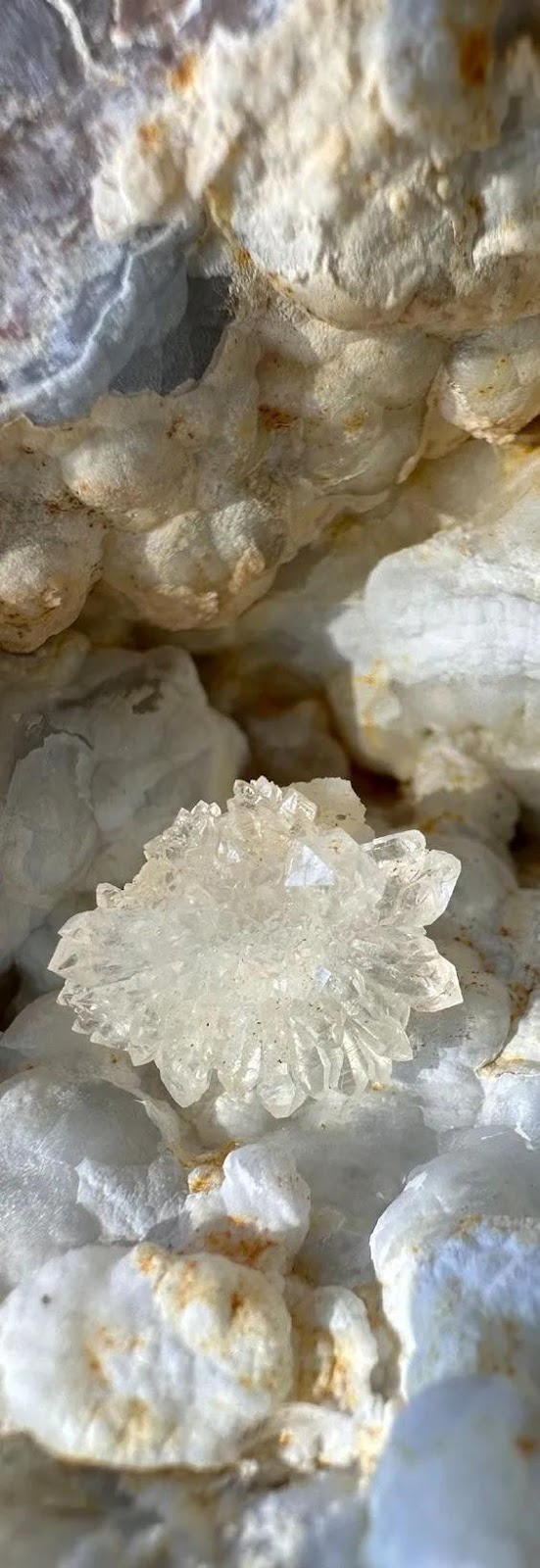
As hundreds of thousands or even millions of years go by, hydrothermal water dissolves the silicate from the surrounding rocks. That silica-rich fluid then percolates through the porous rhyolitic shell and over time starts to deposit a silica ring (microcrystalline quartz) on the outermost part of the void. We will refer to the process I just described as the “event” from here forward. These rings work their way inward toward a center as the fluid event(s) cool, eventually creating a geode with crystals in the center. Now this can happen in a variety of ways.
Cluster in geode »
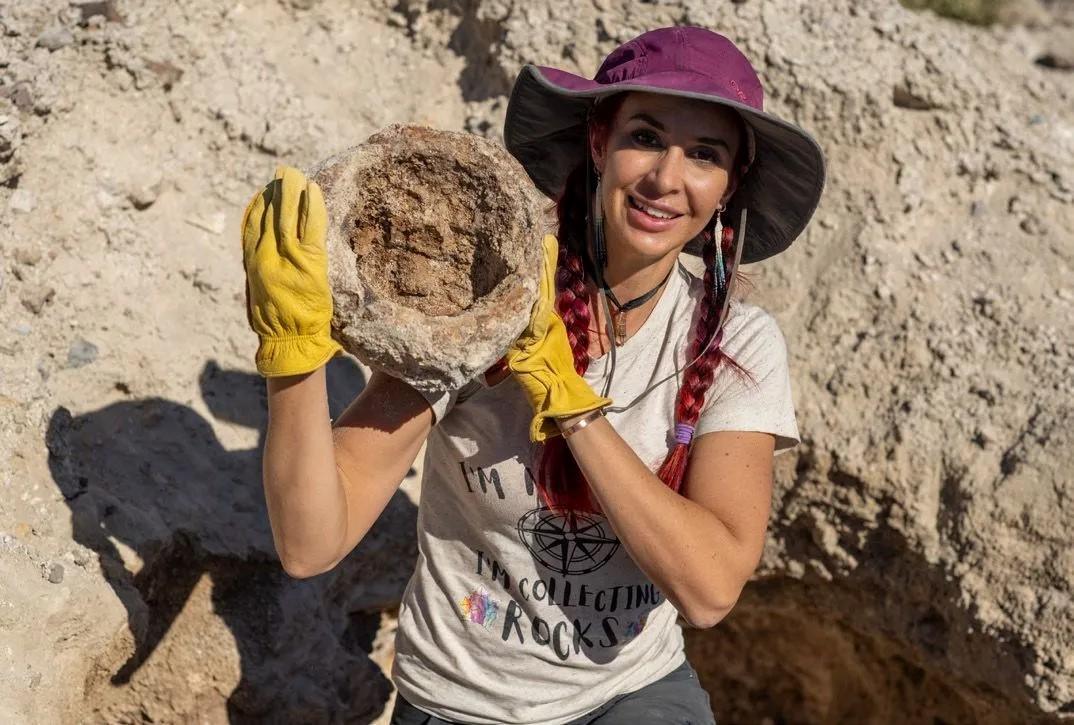
If the rich-silica fluid deposit event happens rapidly — the silica separating out from the fluid and cooling quickly — you’ll get one large ring on the outside of the geode known as chalcedony. Chalcedony is the catch-all mineral name for all microcrystalline quartz that is a solid color, usually white or clear with no bands or visible crystals. The next event (the crystal formation) has to cool very slowly with enough space to grow crystals, or you won’t get terminated crystal. Keep in mind that quartz crystals start to form between 573 and 870 degrees. This can happen all in the same event, but it’s less likely due to heat loss and inadequately dissolved silicate. The more likely way is that a second event fills the void and stays hot enough for the time needed to form terminated crystals.
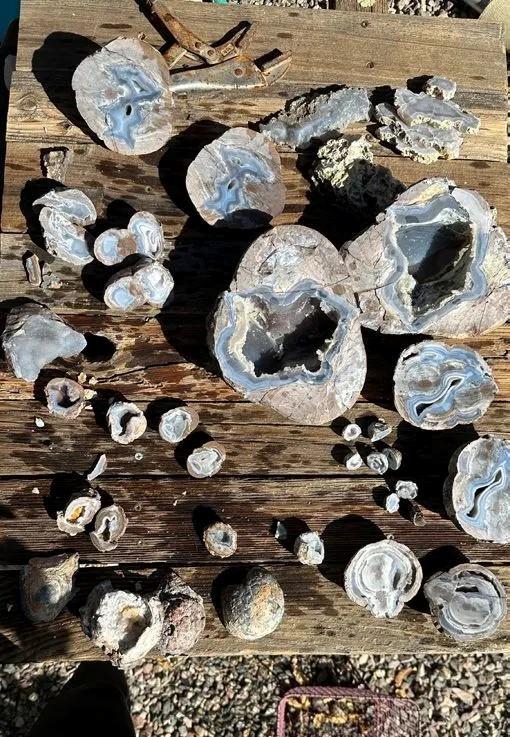
Another process is for multi-events to occur and deposit layers or rings of microcrystalline quartz inside the rhyolite void. Again, on the outside of the void working their way inward. This can give us the banded effect inside of a geode. Those geodes are considered to be agate geodes, due to the bands of microcrystalline quartz. The same things again apply (the crystal formation) to the center of the geode to form the crystals inside.
You can see the picture as an example of a single-event geode and a multievent geode. Sometimes gas bubbles can be extremely irregular, giving us a flow-type shape or motion-like waves within the rhyolite.
When you look at a geode from the inside, it’s important to keep in mind time. The more solid and fine-grained microcrystalline quartz, the quicker that fluid precipitated out and cooled. If there are more visible crystals, the slower the fluid cooled. The slower a mineral reaches its eutectic point, the more chances it has to form more crystal structure growth. Let me use an agate geode as an example. The inside of an agate geode can be quite perplexing when you’re looking at it. You can almost count each agate ring as separate events. Each event can take thousands of years and depending how big it is can even take millions of years. Even though each geode is unique, the ones with color are the most sought after.
The different colors come from different elemental micro-inclusions capsulated within the silica-rich fluid. As the hydrothermal fluid is dissolving the silica out of the rock on the way to the rhyolite void to form the geode, other minerals if abundant and present will be dissolved and included in the silica, giving it color. We get reds, purples and oranges from iron inclusions. We get pinks and some blacks from manganese and sometimes magnesium, you get your blues from a mix of copper minerals and manganese, and we get some greens from chromium.
WHERE GEODES FORM AND WHERE TO FIND THEM
You can almost say that any volcanically active area over several million years old could possibly have geodes, but this is not always the case. There are some geodes that can form within volcanic ash and pyroclastic flows, inside sandstone and limestone. Each host rock creates different types of geodes. No two are the same but there are what we call classic geodes.
Take the Dugway Geode Beds for instance, because it’s where I just was and it has very classically formed geodes. Those were formed within a very silica-rich rhyolite about 6 million years ago. And then approximately 32,000 years ago Lake Bonneville came in and the wave action from the lake tore down parts of the weathering rhyolite. The geodes started popping out of the weathered rhyolite. The lake then moved the geodes miles away from their original location and the geodes became part of the lake sediment, eventually being covered by the silt sediment fallout from the lake. Over time sediment started to build up and buried the geodes completely.
Now the geodes are found about 5 to 10 feet below the old lake bed surface. Because the geodes are reburied in a clay-type silt substance, you have to dig them out of the ground. It’s like you’re digging them out from an in-situ position but that’s not the case; they were transported to this location. This is also why a lot of the geodes are broken up and deformed. Since a lot are broken and you can see the crystals in the sunlight, how do we identify the whole geodes with no visible crystals?
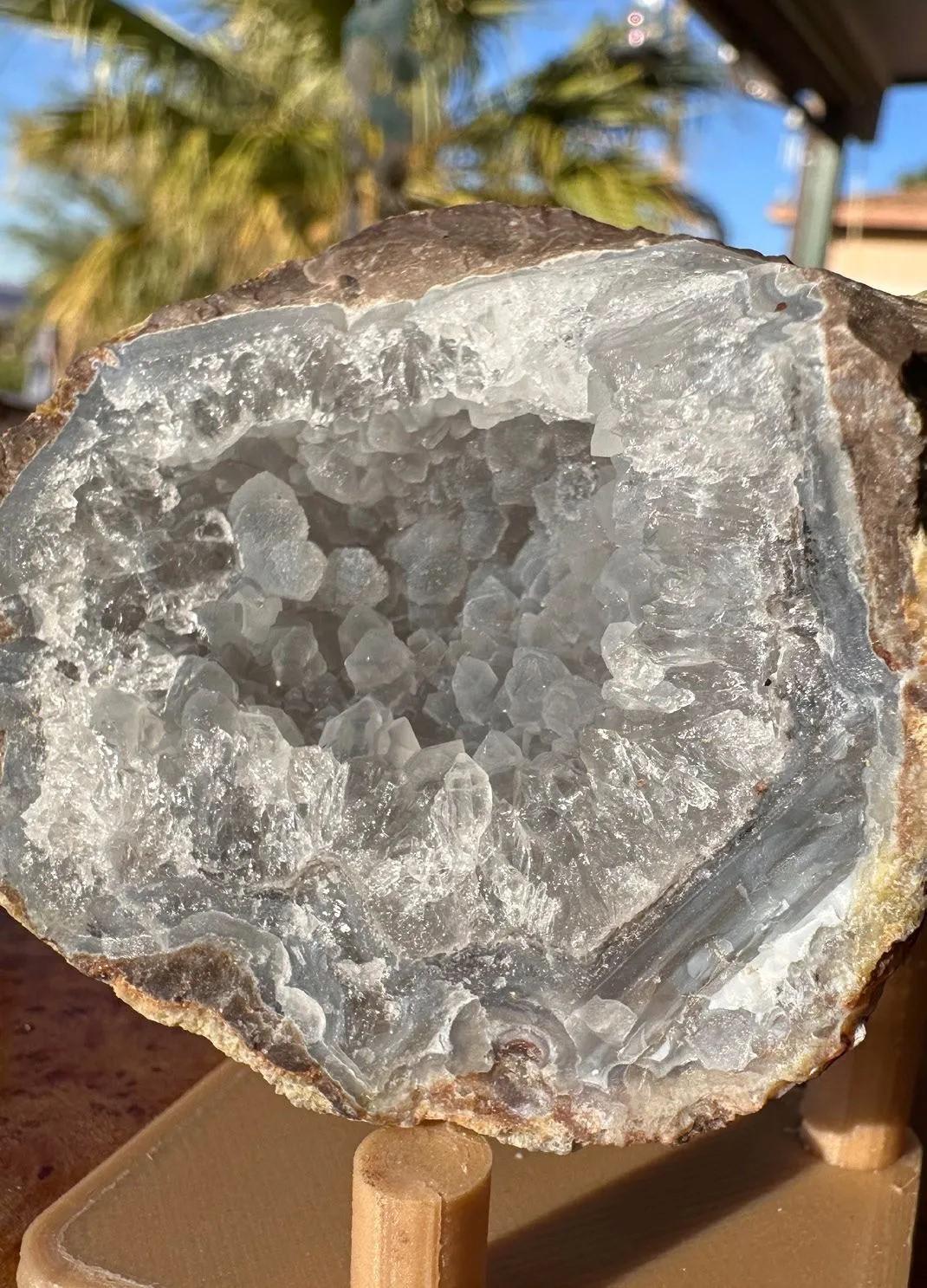
Example of crystals breaking at joints »
HOW TO IDENTIFY A GEODE It’s not always easy to ID a geode. Sure, classic geodes have a round shape on the outside. Sometimes you can see that they may have traces of chalcedony that can be seen from the outside. However, most of the time geodes are not perfectly round. Although they have really nice rounded parts, the texture is really what we’re looking for. There’s almost a smooth but bumpy bubble-like texture that you’re looking for. It’s sometimes something you can spot just by seeing a nickel-size piece peeking out from the ground. See the pictures of the outside of a geode in the ground. The weight of the rock is very important. If you find a large rock that’s particularly light in a setting that we’ve discussed here, you most likely have a geode.
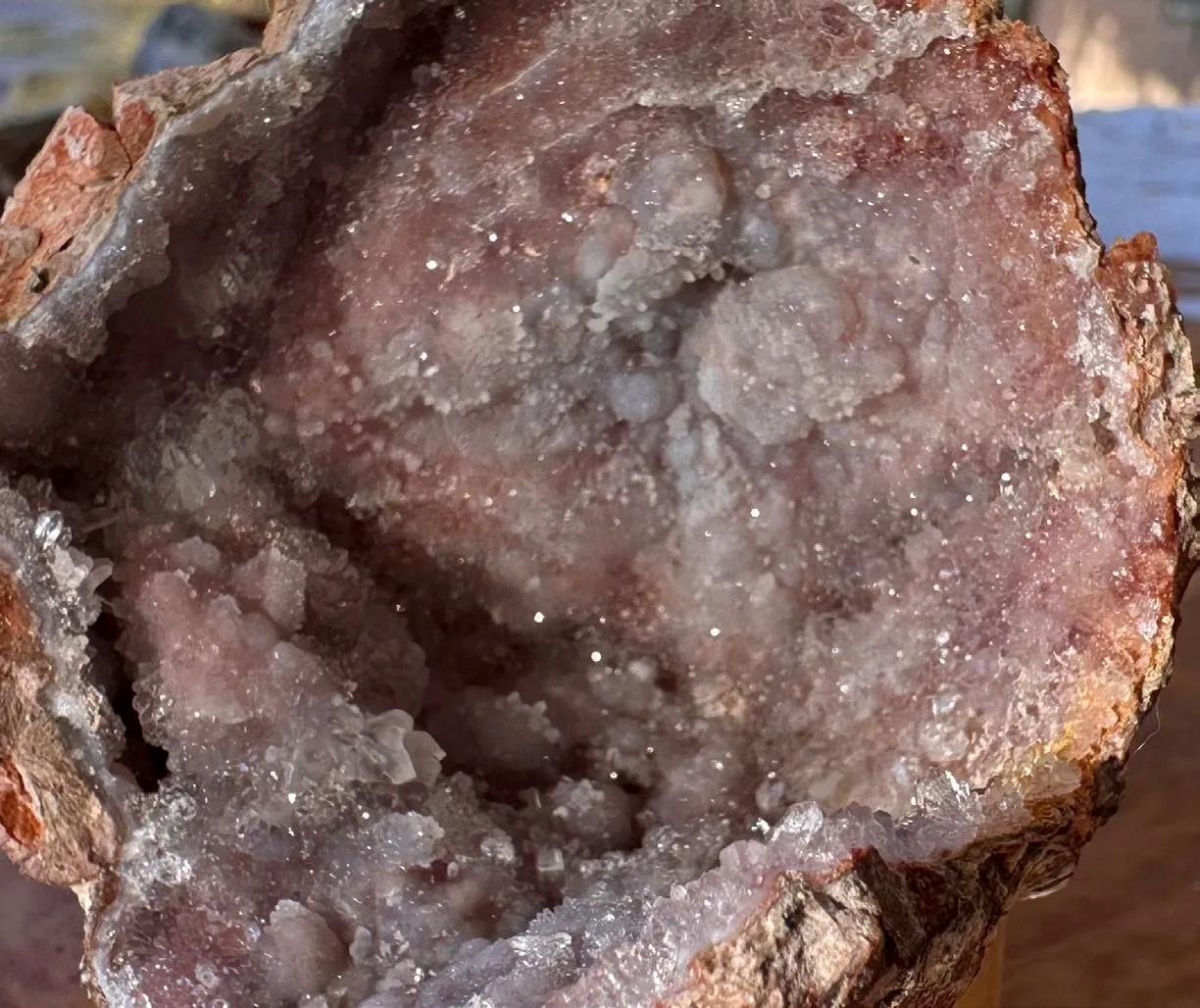
Oftentimes, geodes look like absolute garbage on the outside and it’s only after you cut into them or break them open, whichever you prefer, that the beauty on the inside is revealed. This is a perfect example of not judging a book by its cover. If geodes were only judged for the way they looked from the outside, nobody would’ve ever picked one up and opened it. This is one of the things that makes geology so fascinating. Sometimes the most disgusting looking rock on the outside can be a beautiful masterpiece on the inside.
Geographical location for geode rinds is also very important. Some geodes can be identified just by the rind, and you know the geographical location without explanation or even opening up the geode. Meaning, certain gas-bubble geodes that come from Arizona are not going to look the same as the gas-bubble geodes that come from Acton, California. The geodes at the Hauser Geode Beds are not going to look the same as the geodes at Dugway Geode Beds. How about Mexico or over to Missouri, which have what I believe the roundest of all geodes? And if we really go far away to Brazil, those geode outsides (and insides) look completely different from anything in the States. This all has to do with the minerals present in the geographical geologic locations. However different they may be, the one thing they all have in common is that they are mostly round and hopefully have a relatively hollow center.
Stay tuned for Part II, where you’ll learn about how geodes were first found, how to clean and cut geodes you find, and what to do with them.
Elley Ringo is an adventurous Economic Geologist who brings to life the untold stories of minerals, rocks, and abandoned mines. With a bachelor’s degree in geology from the University of Nevada, Reno, and 12 years’ experience in mining and exploratory geologic field work, she dives deep into Earth’s wonders one expedition at a time.
ELLEY’S ESSENTIALS FOR GEODE HUNTING
RELIABLE ROCK HAMMER
meaning a solid piece of steel, not just a piece of metal on wood.
ROCK PICK
I use Estwing; they last forever and they are strong
GLOVES CHISELS
Bring multiple sizes
COMPACT SHOVEL
helpful depending on the area
EYE PROTECTION
I use a sunglass safety glass to protect from UV rays and flying rocks
CLOSED-TOED SHOES BUCKET
3 or more for collecting
BACKPACK
for food and water and an extra place to carry your find if your bucket gets full
Pro TIP: When you are working an area, dig in slowly. You can easily break parts of a geode while looking for the best one.



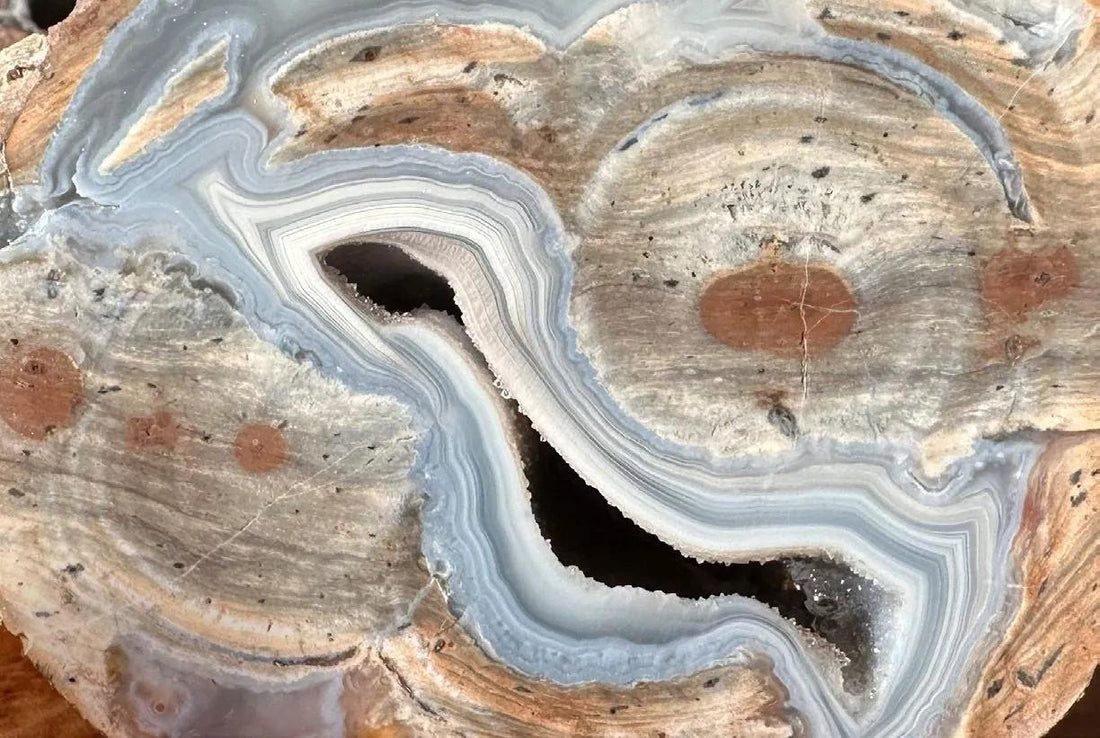

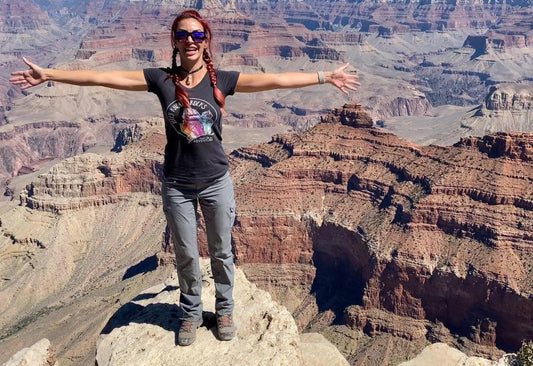
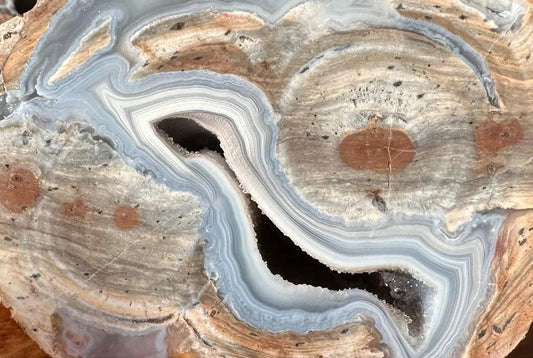

2 comments